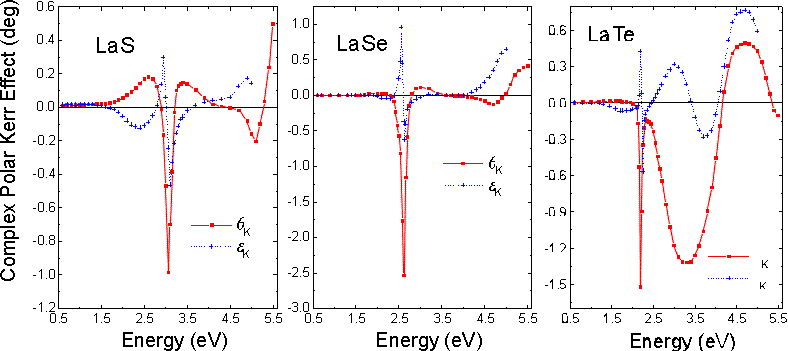Magneto-optical study of f-electron systems

Magneto-optics is a well established technique for the study of the occupied f states in rare-earth and actinide compounds. In most of these materials, the strongest magneto-optical signal arises from
f → d transitions from occupied f states to empty conduction-band d states. The initial state of the magneto-optical f → d transition is usually the f ground state, which also determines the magnetization of the sample. In these materials, the integrated magneto-optical signal of the f → d transitions is proportional to the f spin polarization and therefore to the sample magnetization. However, even a non-magnetic or weakly magnetic material, i.e. one with no occupied spin-polarized states, can have a strong magneto-optical signal, if it has empty spin-polarized states that can be occupied in the optical absorption process. Materials particularly suited for such a study are lanthanum compounds with occupied 5d states. In this case, dipole allowed transitions between 5d and 4f states are to be expected and if the empty 4f 1 state is spin-polarized by an applied magnetic field of sufficient strength this may open the way to magneto-optical spectroscopy of empty states. Continuing the pioneer-work on LaSe performed at ETH, we are systematically investigating the whole LaX series with X = S, Se and Te (Fig. 5.1).
